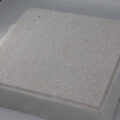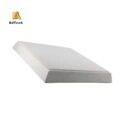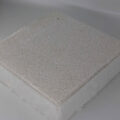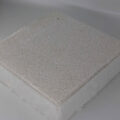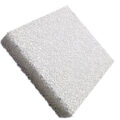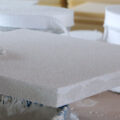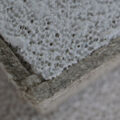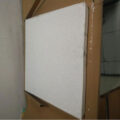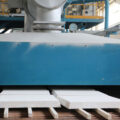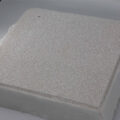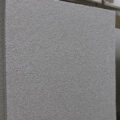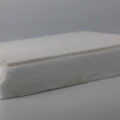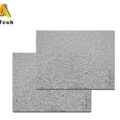AdTech provides a high-efficiency ceramic foam material for filtering molten metal, which is characterized by improved strength and reliability. The filter of the present invention is prepared by impregnating an organic foam material with an aqueous ceramic slurry containing ceramic fibers. The ceramic foam filter has the advantages of high strength, high reliability and low cost. Our ceramic foam material for molten metal is widely used in large domestic and foreign aluminum factories, such as Bahrain Aluminum, Dubai Aluminum, Midal Cables, Qili, GVA, Jindal, Chalco, China Zhongwang, Hydro, Rusal etc.
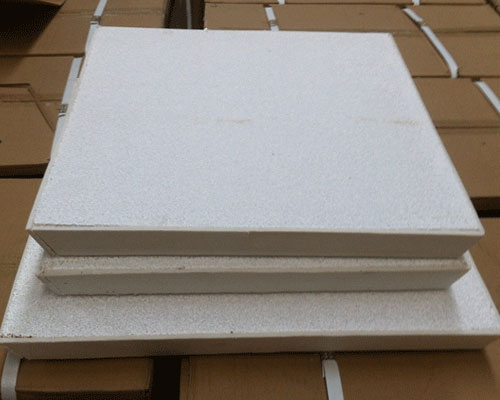
Molten aluminum usually contains entrained solids, which are harmful to the final cast metal product. These entrained solids usually come from three sources. Some are alumina particles, the floating oxide layer on the surface sucks them into the liquid stream, and some of the entrained particles are fragments of the furnace lining, conveying trough and other parts of the molten aluminum processing equipment, which are eroded and entrained in the furnace. In a flowing aluminum stream, some particles are precipitates of insoluble impurities, such as intermetallic compounds, borides, carbides, or precipitates of other aluminum compounds, such as chloride. When these impurities appear in the final cast product after the molten aluminum is solidified, they can cause the ductility of the final product to decrease or the trimming characteristics of the final product to be poor.
The filtration process of removing entrained solids from the liquid is accomplished by passing the solid-laden liquid through a porous filter medium that does not pass through the solid. Generally, filtering molten metals, especially aluminum, poses special problems because liquids are very aggressive and it is difficult to find filter media that can withstand liquids.
Generally, two filtration methods are used to remove entrained solids from molten aluminum alloys before casting. The most common filter medium is an open woven glass cloth screen placed in a metal transfer tank, near the nozzle, or even in the molten metal pool on top of the solidified ingot. These filters can only remove larger-sized inclusions from the metal, and are easily broken during use, because the glass fibers become very weak at the temperature of molten aluminum. In another prior art method, the molten aluminum is filtered through a bed of loose alumina particles, such as tabular alumina, but it often suffers from the disadvantages usually associated with bed filters, namely that it makes too much solid Through, there is a strong trend. Obstructing effective use of channels, the pore size of the filter is not easy to control, but is easy to change under the conditions of use, so even if the initial size is appropriate, its size cannot be effectively maintained. In addition, when the filter is not used, the metal must be kept in a constant molten state.
Alcoa uses a ceramic foam filter with a three-dimensional structure, which is characterized by multiple interconnected voids surrounded by ceramic mesh. The use of ceramic foam filters greatly improves the filtration efficiency and reduces the filtration cost.

